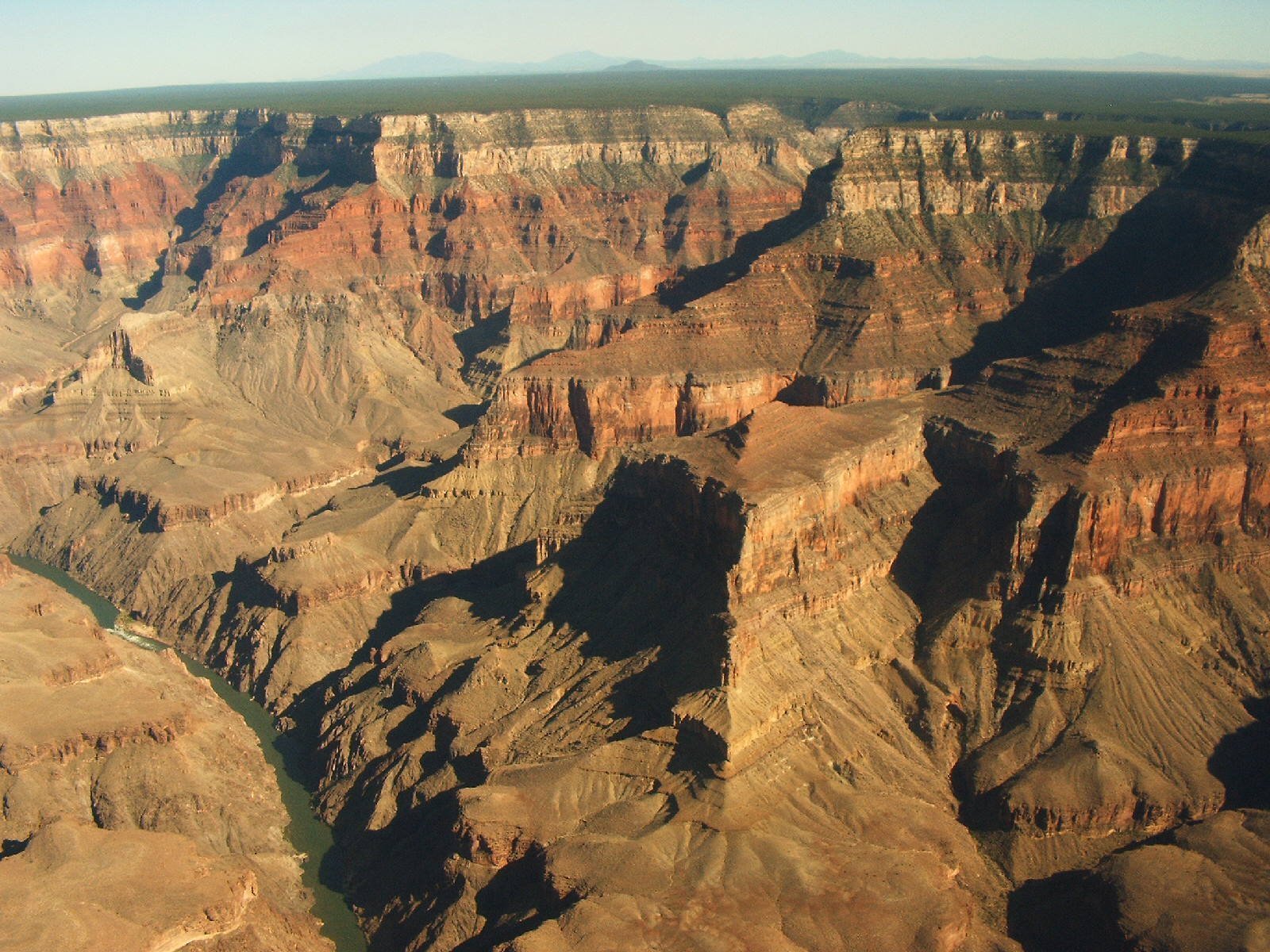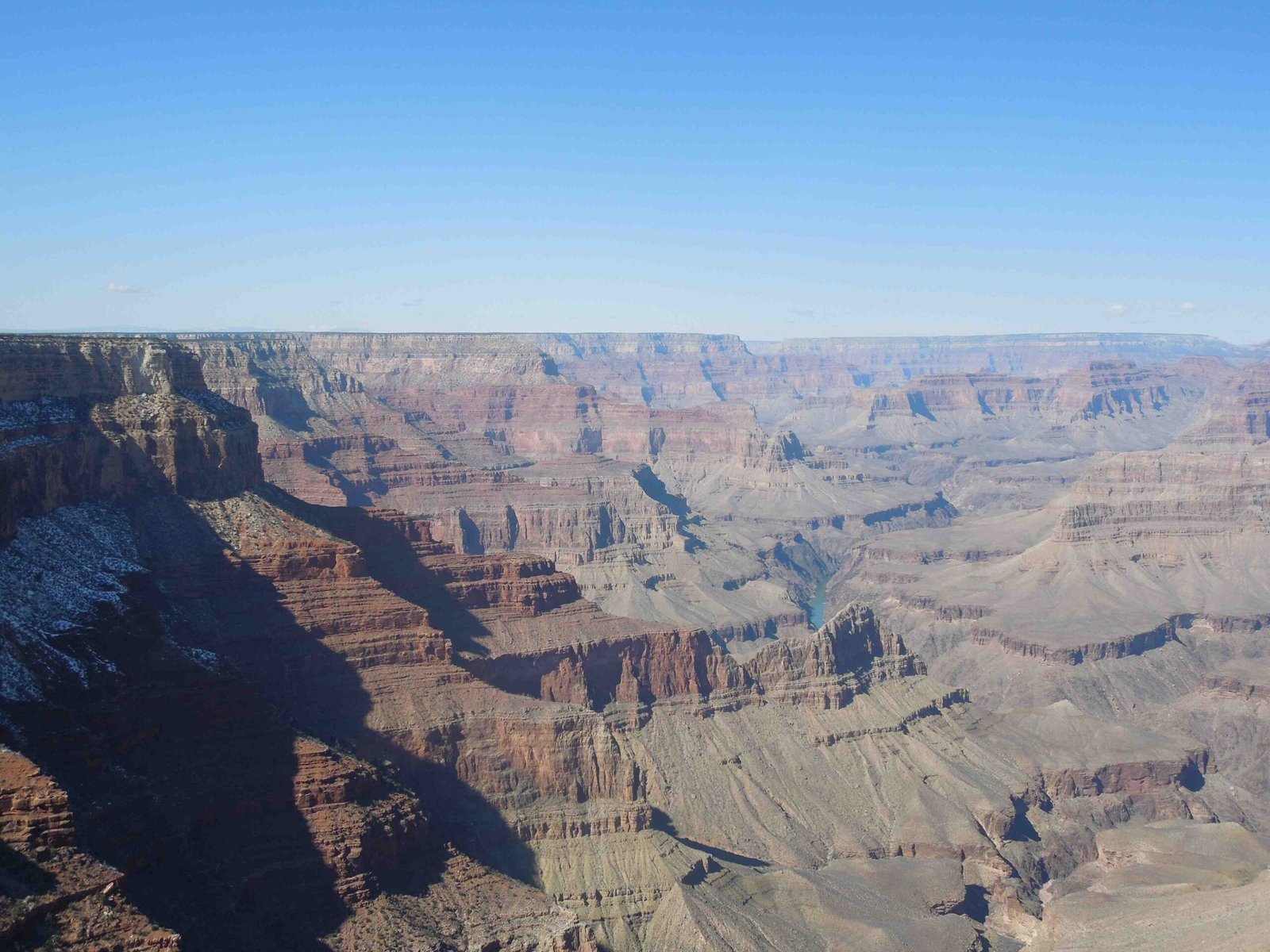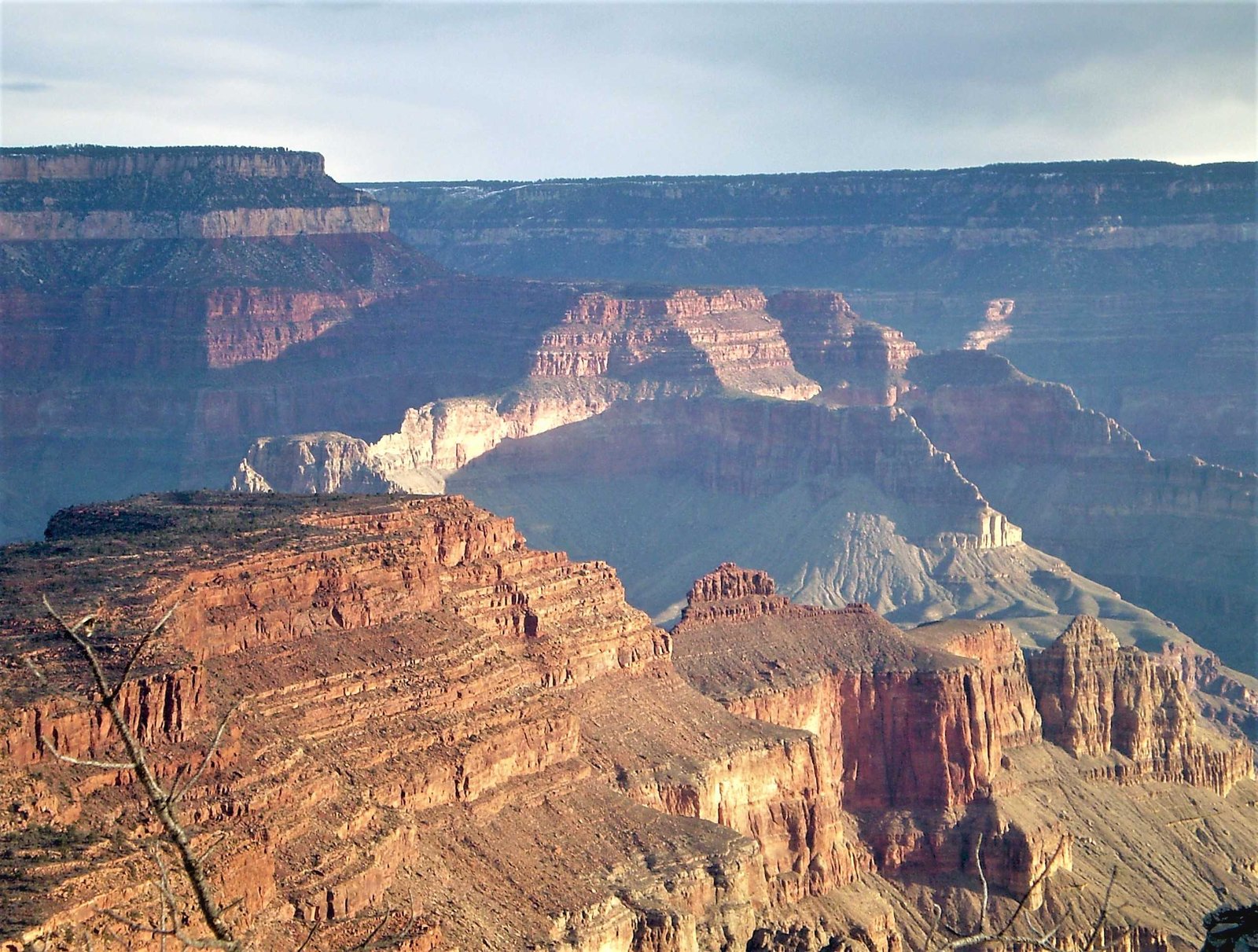The Grandview Hike Grand Canyon represents one of the most challenging and historically significant trails in the national park, offering experienced hikers a demanding yet breathtaking journey through steep terrain, historic mining routes, and spectacular canyon landscapes. Hikers will traverse a trail that combines geological wonder, mining history, and extreme physical challenge across approximately 6 miles of unforgiving canyon terrain.
What Makes Grandview Trail Unique?

The Grandview Trail stands apart from other Grand Canyon trails due to its distinctive characteristics:
- Historical Significance: Originally constructed by prospector Pete Berry in the 1890s for copper mining
- Challenging Terrain: Steep, narrow paths with significant elevation changes
- Less Crowded Experience: Provides a more solitary hiking adventure compared to main corridor trails
How Difficult is the Grandview Trail?

| Difficulty Metric | Rating |
|---|---|
| Technical Difficulty | High |
| Physical Demand | Extreme |
| Trail Width | 18-24 inches |
| Recommended Experience Level | Advanced Hikers |
Trail Characteristics
The Grandview Trail presents multiple challenges for hikers:
- Steep Descent: Approximately 2,500 feet elevation change
- Exposed Sections: Narrow paths with significant drop-offs
- Unmaintained Path: Less groomed compared to other Grand Canyon trails
- Limited Safety Infrastructure: Minimal modern trail maintenance
What Should Hikers Prepare?
Essential preparation includes:
- Physical Conditioning: High-intensity cardiovascular and strength training
- Gear Requirements:
- Sturdy hiking boots with excellent traction
- Minimum 3 liters of water
- High-energy snacks
- Layered clothing
- Trekking poles
- First aid kit
- Emergency communication device
What Are the Key Landmarks?
Hikers will encounter several significant points of interest:
- Grandview Point (7,400 feet elevation)
- Coconino Saddle (Intermediate rest point)
- Horseshoe Mesa (Historic mining site)
- Remnant Mining Equipment
- Panoramic Canyon Views
What Are the Safety Considerations?
Critical safety factors include:
- Avoid hiking during extreme weather conditions
- Check trail status before departure
- Inform someone about your hiking plan
- Carry emergency communication devices
- Be prepared for rapid weather changes
Physical and Mental Preparation
Successful Grandview Hike Grand Canyon completion requires:
- Advanced hiking experience
- Excellent physical fitness
- Mental resilience
- Understanding of personal limitations
- Proper acclimatization to high-altitude conditions
What Time of Year is Best?
| Season | Recommendation |
|---|---|
| Spring | Excellent |
| Fall | Ideal |
| Summer | Challenging (High Heat) |
| Winter | Not Recommended |
Final Insights
The Grandview Hike Grand Canyon is not for casual hikers. It demands respect, preparation, and a genuine passion for challenging wilderness experiences. Proper training, equipment, and mental preparation are crucial for a safe and memorable adventure.
Pro Tip: Consider hiring a local guide for your first Grandview Trail experience to understand its unique challenges and historical significance.

